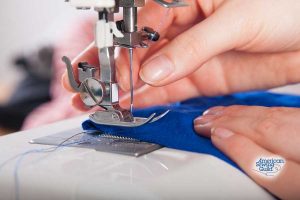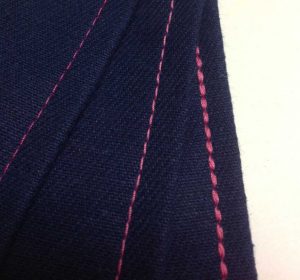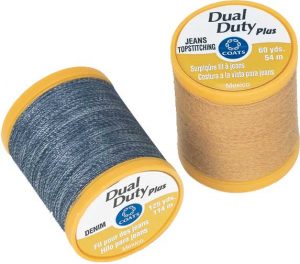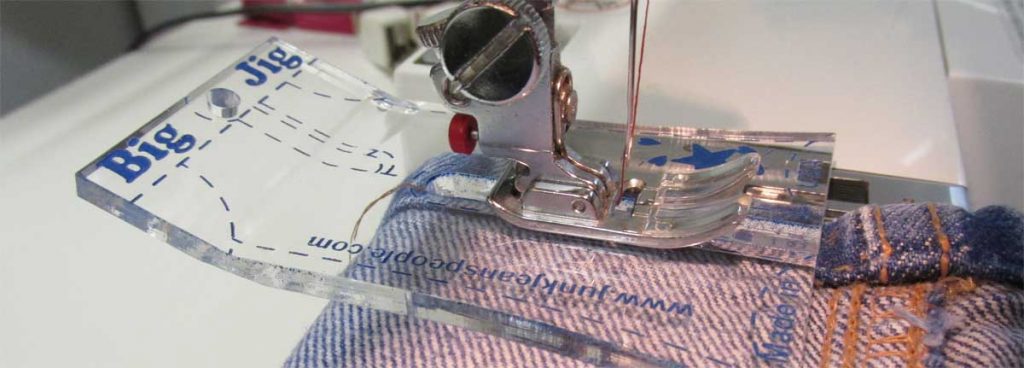You have all of your supplies ready, you’ve adjusted your pattern, cut your fabric and you’re ready to start sewing. Before you sit down at the machine, have you thought about the best seam finish to use for your fabric? This post will help you to choose the best method to assure your seams are perfect.
Fabrics & Best Seam Finishes
 Batik: Flat fell seam or sew with a plain seam and serge together
Batik: Flat fell seam or sew with a plain seam and serge together- Batting: Butt the raw edges together and hand overcast with basting thread to get the width you need.
- Beaded Fabric: Finish with a product like Great Seams as in Hong Kong finish. Eliminate facings. Finish the neck and armholes with bias silk charmeuse or line your garment, making the attachment at the neck and shoulders.
- Boiled Wool: Sew seams and clip curves. Press seams open and top-stitch on each side from the right side using a wide double needle or top-stitch each side separately from 1/8” to 1/4” allowance from the seam. Trim to your top-stitching.
- Brocade: Press seams open and overlock separately, even if lined. Use a Hong Kong finish with lightweight silk or bind separately with double fold bias.
- Burnout: Finish with a narrow French seam.
- Charmeuse: Use flat fell or French seam on serger.
- Chiffon: Use a narrow French seam. On long vertical seams, sew with tiny zig-zag stitches to prevent drawing up.
- Corduroy: Serge seams separately or flat fell the seams.
- Crinkle: Sew with a tiny zig-zag.
- Damask: Sew flat fell seams.
- Denim: Sew a straight seam. Serge one seam allowance and trim the other without turning under. Overlap the serger seam allowance onto trimmed seam allowance and topstitch. This forms a fake flat fell seam that is less bulky.
- Dupioni: Serged or traditional flat fell; serge and press open.
- Faux Fur: None
- Faux Leather: Use a fake flat fell seam or finger press open and top stitch from the right side, straddling the seam. Trim close to stitching.
- Faux Suede: Lightweight ultra suede seams can be simply pressed open. Other faux suede’s can be top-stitched with a double needle or treated with a fake flat fell seam.
- Flannel: Straight stitch or flat fell seam
- Fleece: Sew with a straight seam and finger press open. Top-stitch or serge.
- Gabardine: Press seam open and serge each side separately with a woolly nylon in lower looper; flat fell; or Hong Kong bound.
- Georgeette: French seam.
- Jersey: For lightweight knits, sew the seam, press to one side and top-stitch 1/4’ from seam. Trim extra fabric away. For invisible seams on wool jersey, zig-zag and press open.
- Mudcloth: Flat fell or bind with double bias.
- Rayon: Flat Fell or press open and serge.
- Slinky: Four thread serge with Woolly Nylon in lower looper. Use differential feed if needed.
- Sweater Knits: Stabilize horizontal seams and neckline using 1/4” clean elastic. Sew seams with small zig-zag then four thread serge. You can also sew with a lightening stitch and bind with Great Seams.
- Tencel: Flat fell or press open and serge separately.
- Velvet: Press open, pink or or serge separately.
© Sunny Kent, ASG Inland Empire Chapter








